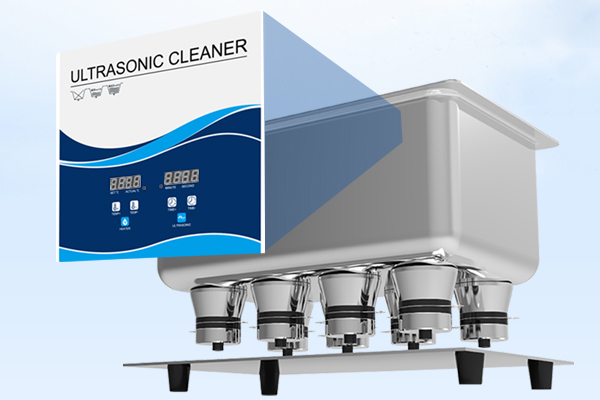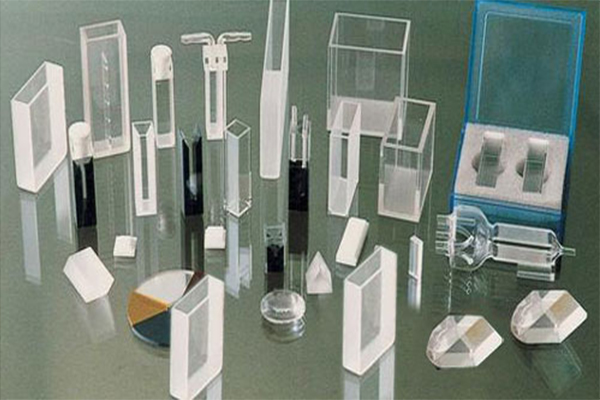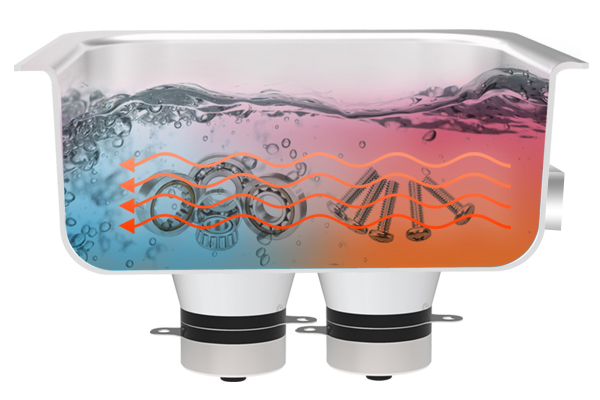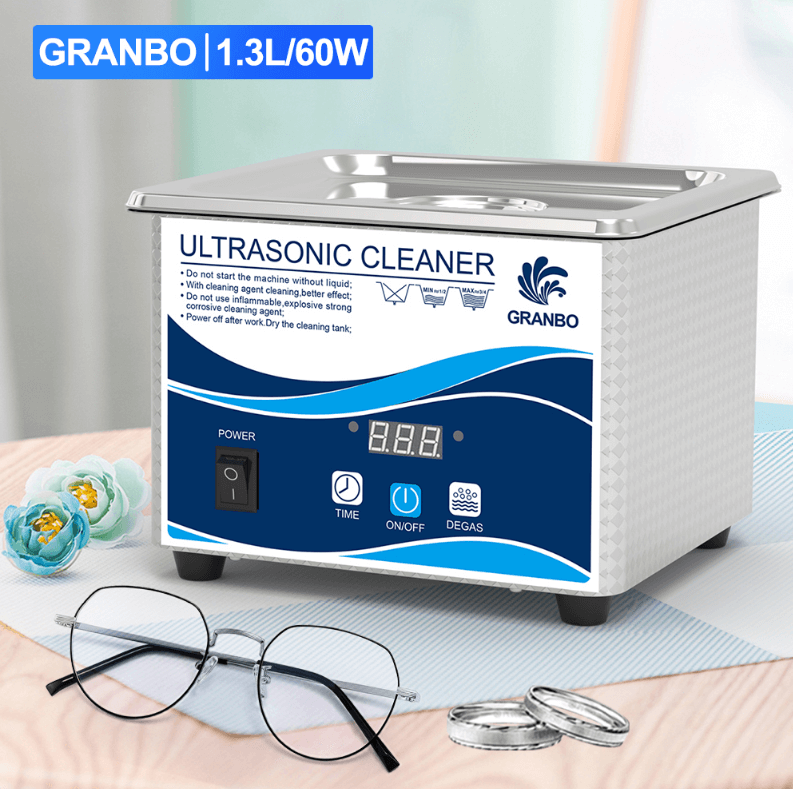Ultrasonic Oil Removal Machines: A New Frontier in Industrial Cleaning
In industrial production, cleanliness is a key factor influencing product quality and production efficiency. With rapid industrialization, the use of various precision parts and instruments has become increasingly widespread, and cleanliness is crucial to the functionality and lifespan of these items. As technology advances, ultrasonic oil removal technology is emerging as a valuable tool in the field of industrial cleaning.
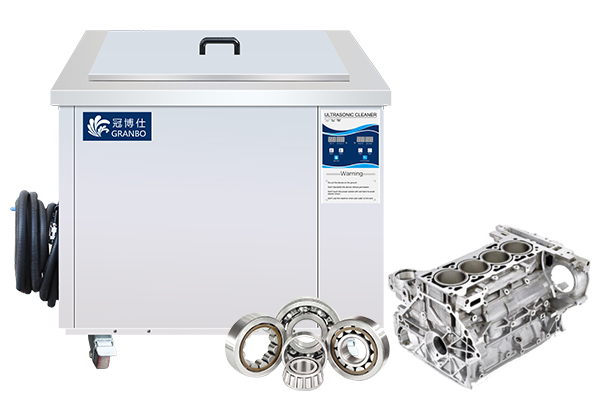
The Challenge of Oil Contamination
Ultrasonic cleaning machines have several advantages in oil removal:
-
Thorough Cleaning: Ultrasonic cleaning machines utilize ultrasonic cavitation to generate numerous microscopic bubbles in the cleaning liquid. These bubbles explode on the surface of the object, penetrating complex geometries and tiny crevices, effectively removing oil contaminants.
-
High Efficiency: Compared to traditional manual cleaning, ultrasonic cleaning is much faster, completing cleaning tasks in a shorter time and improving work efficiency.
-
Environmentally Friendly and Energy-Efficient: Ultrasonic cleaning machines typically use water-based cleaning solutions, reducing environmental pollution and lowering energy consumption during the cleaning process.
-
Safe and Reliable: Ultrasonic cleaning does not damage the surface of objects during the process, making it suitable for cleaning precision instruments and delicate items.
-
Wide Applicability: Ultrasonic cleaning machines can be used to clean various materials and items, such as metal parts, glass products, and plastic items.
Additionally, ultrasonic cleaning machines demonstrate excellent performance in industrial, medical, and laboratory applications, significantly improving cleaning quality and efficiency.
Why is Ultrasonic Cleaning Effective for Oil Removal?
The exceptional oil removal effect of ultrasonic cleaning machines is due to the ultrasonic cavitation effect and the mechanical vibration effect of ultrasound.
-
Cavitation Effect: When ultrasound propagates through the cleaning liquid, it forms high-pressure and low-pressure regions. In the low-pressure regions, bubbles rapidly form and grow, and when they enter the high-pressure regions, these bubbles quickly collapse and burst. This process is known as the cavitation effect. The bursting bubbles produce tiny shock waves and high temperatures, effectively dislodging oil and contaminants from the surface of objects.
-
Mechanical Vibration Effect: The high-frequency mechanical vibrations generated by ultrasound can also loosen and detach particles, dirt, and oil adhered to the surface of objects, thereby enhancing the cleaning effect.
Cleaning Principles
Of course, no cleaning machine would be complete without the aid of cleaning agents. Typically, a suitable amount of cleaning agent is added to the cleaning solution to enhance the ultrasonic cleaning effect. Cleaning agents can reduce the surface tension of oil, making it easier to be removed by ultrasonic action.

